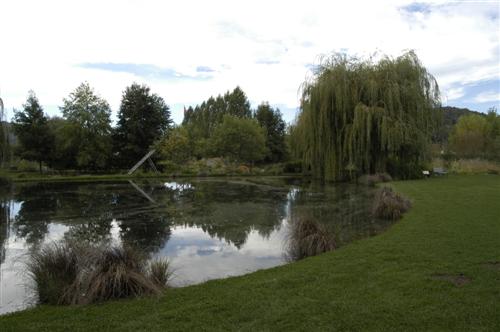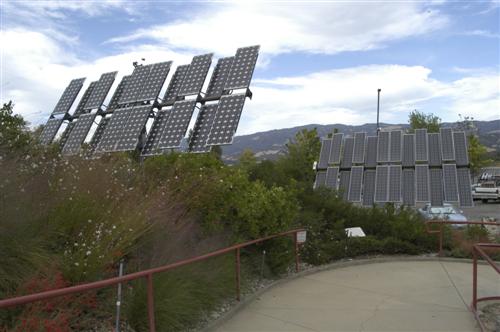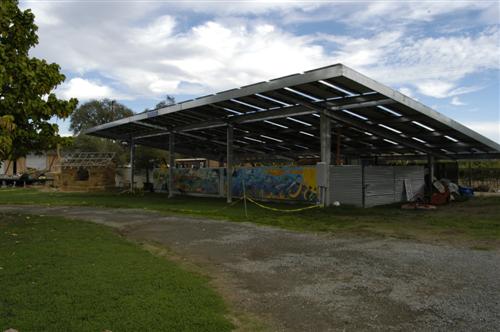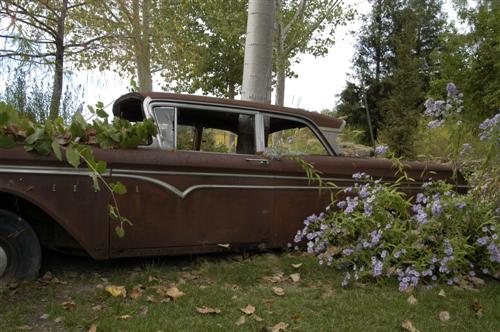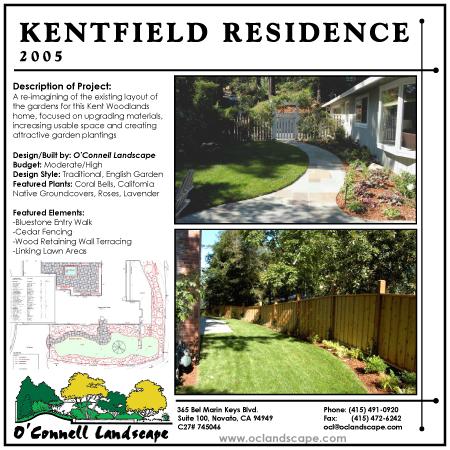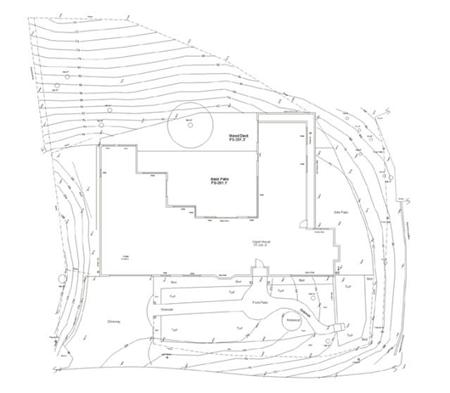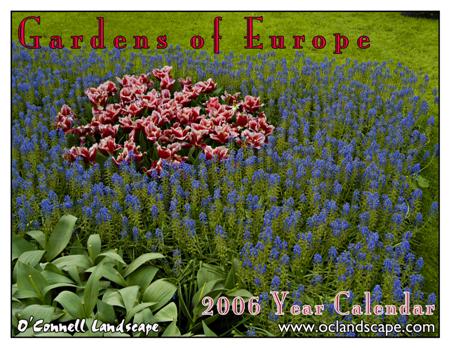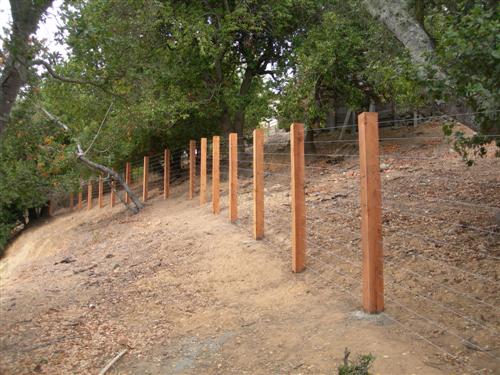Below is a profile for Real Goods- A alternative energy center and
gardens located in Hopland, California.
Project Type:
Retail sustainable goods outlet/ Non-
Profit Institute for solar and sustainable technologies, 12 Acres in size
Designers:
Architect: Sim Van
der Ryn
Landscape Architects: Stephanie Kotin and Chris
Tebbutt
Completed June 1996
Contact:
Website: http://www.realgoods.com/
Address: 13771 South
Highway 101 Hopland, CA 95449
Phone: (888) 212-5640
Project Background:
The Real Goods Solar Living center is
the vision of John Schaeffer, the founder of the sustainable products company
Real Goods. Located about 90 miles north of San Francisco, the center
encompasses three distinct elements: The 5000 square foot Real Goods retail
store, the Solar Living Center- a non-profit educational and research division
of Real Goods, and Solar 2000, a 132 kilowatt solar array, which is one of the
largest solar power sites in Northern California. Real Goods is a mail-order
based company, which had over 18 million dollars in sales in 1996 when the
center opened. The project was built as a model for the use of sustainable
energy technologies, building materials, and a showcase for the company’s
products. The Solar Living Center manages the facilities and grounds and focuses
on educational workshops and continuing research. This includes the promotion of
sustainable building materials and techniques, permaculture, and sustainable
landscape design.
Project Design:
Sustainable design of both the
architecture and the landscape was of foremost importance for the center. The
site selected along Highway 101 in Hopland, lies in a 20 year flood plain and at
the time of purchase was a CalTrans dumpsite. The husband-wife landscape
architecture team of Stephanie Kotin and Chris Tebbutt transformed what was a
bare, noisy site into an interesting and lush oasis with as much landscape
meaning as interesting form. Solar energy panels are built into and featured
within the grounds of the center and incorporate the ideas of sustainable energy
use directly into the landscape. Distinct design elements such as incorporation
of the cardinal directions as distinct axis, a solar calendar, a central
artesian well and stream, and a large pond and wetland are all designed together
into an inclusive package, rich with symbolism and artistry. Throughout the site
individual design elements speak to the message and artistic quality of the
grounds. One poignant example of these elements is the Memorial Car Grove. The
grove contains old rusting muscle cars that have had holes cut in the roofs to
allow trees to grow through. Elements such as this show a rich synthesis of
message with form.
Sources:
–A Place in the Sun– the book about the creation of
Real Goods
-Personal Site Visit
For More:
–Review of A Place in the Sun
–Solar Living
Institute
–Van Der Ryn
Architects
